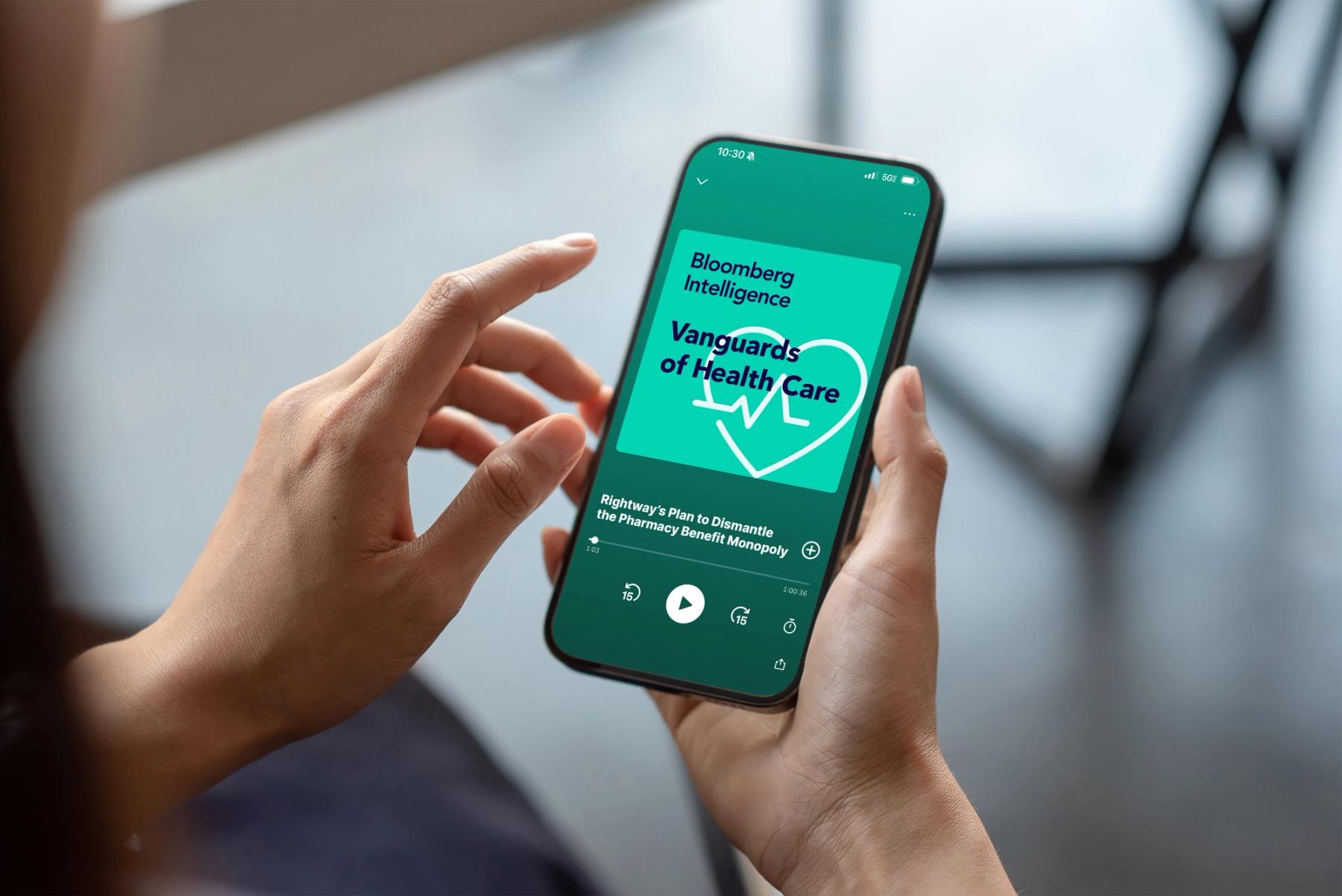Supporting a tier-0 approach with healthcare navigation.

In the pharmacy space, drugs are typically classified into tiered categories: Tier 1 drugs, which are generic options and typically the least expensive; Tiers 2–3, which are branded pharmaceuticals; and Tier 4 or higher, which are specialty pharmaceuticals that can cost tens of thousands of dollars or more a year.
But what if you could keep your employees out of this complicated and expensive system entirely? What if they never even had to take that first step onto Tier 1? The fact is, more often than you might think, they don’t. With proper guidance towards the right behaviors with a health navigation solution, there are options for managing and preventing health problems at little to no cost. At Rightway, we call this approach Tier 0: an ecosystem of healthcare decisions and services that eliminates and prevents more costly future healthcare expenses.
The approach is holistic.
Let’s be very clear: Tier 0 should never be confused with emergent care, which by definition has a criticality and complexity that goes beyond what a member can and should manage on their own. But there are many cases in which a Tier 0 approach will reap dividends in terms of both improving long-term health and reducing out-of-pocket expenses. Tier 0 actions include low- or no-cost preventive services, such as the flu or shingles vaccine. They also incorporate proactive behaviors, such as home blood pressure monitoring, committing to a daily walk, or addressing neck pain by trying a new pillow before visiting a specialist.
Clinicians can play an important role in a Tier 0 approach. For example, for chronic back pain, a Tier 0 care plan would start with things the member can do on their own, such as strengthening exercises, warm and cool compresses, or over-the-counter anti-inflammatory medication. From there, the clinician would explain how and when to escalate that treatment if those initial steps fail to alleviate the symptoms. It would include a holistic look at lifestyle factors that could be exacerbating the back pain and ideas for improving them.
Not all Tier 0 behaviors are developed to mitigate an existing condition. Some Tier 0 behaviors are simply healthier lifestyle choices that pay off both in the future and in immediate feel-good benefits. Say a person replaced a few sodas a day with seltzer or fresh lemon water. Within a few days, they would be less prone to sugar spikes and crashes. Within a few weeks, their clothes might fit better. This small change could ripple into years of healthier, happier living, all while reducing the risk of developing Type 2 diabetes and other metabolic diseases.
For acute situations that are not life-threatening, the concept goes beyond preventive treatment to include developing a “self-care first” mindset. Does a twisted ankle truly demand a rush to the emergency room for imaging? A Tier 0 treatment option could be to start with a quick telemedicine consult followed by the tried-and-true RICE method: rest, ice, compression, and elevation.
It's an approach that requires—and empowers—members to be proactive participants in their own health.
The time is now.
The healthcare industry has pushed this message of preventive health and proactive care for years. There is near-absolute consensus throughout healthcare that proactive, preventive, and self-care concepts are instrumental in keeping people healthy while slowing rising healthcare costs. But even though preventive screenings and treatments became more widely covered under the Affordable Care Act a decade ago, consumer uptake has been slow and challenging.
Whether it’s because they don’t fully understand their benefits or simply have not been educated enough about the value of preventive care, Americans are still far too likely to wait until a problem becomes acute to deal with it. This often results in a costly visit to the emergency room. Or it can lead to an expensive, long-term pharmaceutical regimen—say, for high blood pressure—that might have been prevented with a healthier diet or earlier intervention. And people still put off recommended routine screenings for too long (or forever), even with the cost barrier lowered or removed.
After all these years of similar messaging with lackluster results, why do we dare to hope that now we’re on the cusp of change? We’re moving closer to an era of hyper-personalized medicine, where an individual’s data will be able to reveal insight into what specific exercise, diet, and behaviors will most help that particular person. The pandemic has thrust the importance of health into the spotlight, motivating people to take advantage of the volume of free and accurate information available online to lead healthier lives. There is a greater awareness of lifestyle diseases and a greater understanding of how preventable they are. However, this wealth of information and proliferation of services can lead to confusion, and the average healthcare consumer still needs support to understand their own benefits, which information to trust, and the ins and outs of the healthcare system.
A health navigation solution is the answer.
Healthcare navigation gives people the same level of inside access to medical advice and information about the healthcare system afforded to people lucky enough to have a doctor or pharmacist in the family. Care navigation serves as the single front door to a member’s healthcare journey and directs them to high-value care. As part of an employer-sponsored healthcare plan, dedicated health guides help members make the most of their healthcare benefits, offering personalized, clinical-first guidance. A health guide is a perfect advocate to explain not only a Tier 0 approach to solving an immediate health need but also to advise on how to begin the Tier 0 journey for preventing problems that aren’t yet occurring. A dedicated healthcare navigator will see all of a member’s medical information in one place and know if it’s time to schedule a particular screening, get an annual check-up, or find a new primary care physician. Implementing a health navigation solution is an effective way for employers to encourage preventive care measures that drive healthcare value, leading to lower costs and happier, healthier employees.
Health is wealth.
Adopting a Tier 0 approach to health can lead to a life lived with a greater sense of control and wellbeing. For too long, the prevailing notion has been that “wealth is health,” with the best care reserved for those who could afford it. We firmly believe in flipping that around: health is wealth, and nothing is more valuable than being able to help add health and wellness to your employees’ lives. Implementing programs that encourage Tier 0 strategies can help your employees live with more vibrance while avoiding thousands of dollars in future healthcare expenses, all by taking actions that cost as little as zero dollars now.
Learn more about how Rightway supports a Tier 0 way of life with a healthcare navigation solution.








